Giessen, Mathematics and Advertising Hatches
Small Giessen looks quiet and provincial. There are no luxurious palaces and park ensembles or streets lined with half-timbered houses here. But there is the wonderful Matematikum Museum, where complex mathematical laws and principles of physics are explained in games and visual experiments. The oldest botanical garden in Germany pleases the eye with its flowers and trees from all over the world. Unusual monuments with everyday scenes and hatch covers- each of them almost a work of art of advertising- attract attention in the city streets.
Cafes, bars and restaurants in Giessen
All sights in GiessenSee all
Landmarks in the city Giessen
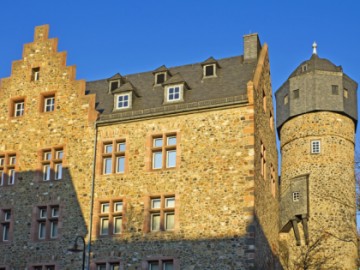
Oberhessisches Museum
Museums and Exhibitions • Castles, Fortresses and Palaces
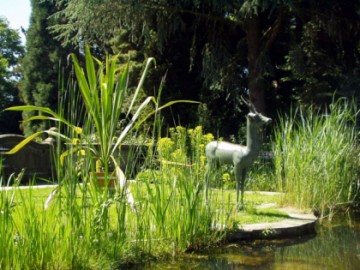
Botanical Garden
Parks and recreation
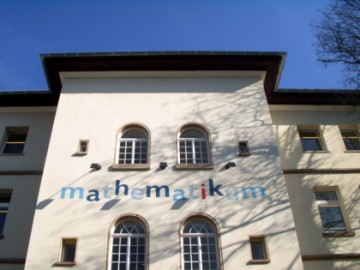
Matematikum
Museums and Exhibitions
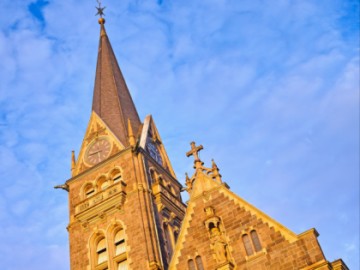
St. John‘s Church
Architectural Monuments

Liebig Museum
Museums and Exhibitions

Badenburg Castle
Castles, Fortresses and Palaces





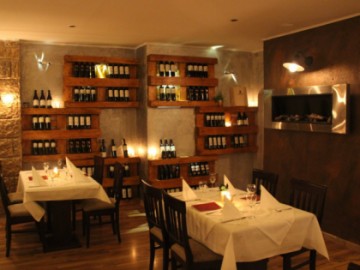
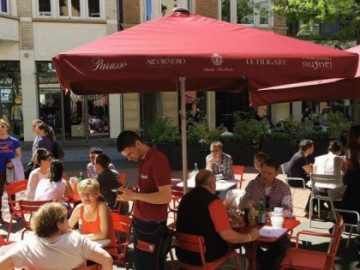

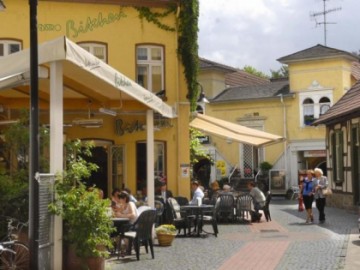
 Castles, Fortresses and Palaces
Castles, Fortresses and Palaces
 Parks and recreation
Parks and recreation
 Museums and Exhibitions
Museums and Exhibitions
 Architectural Monuments
Architectural Monuments